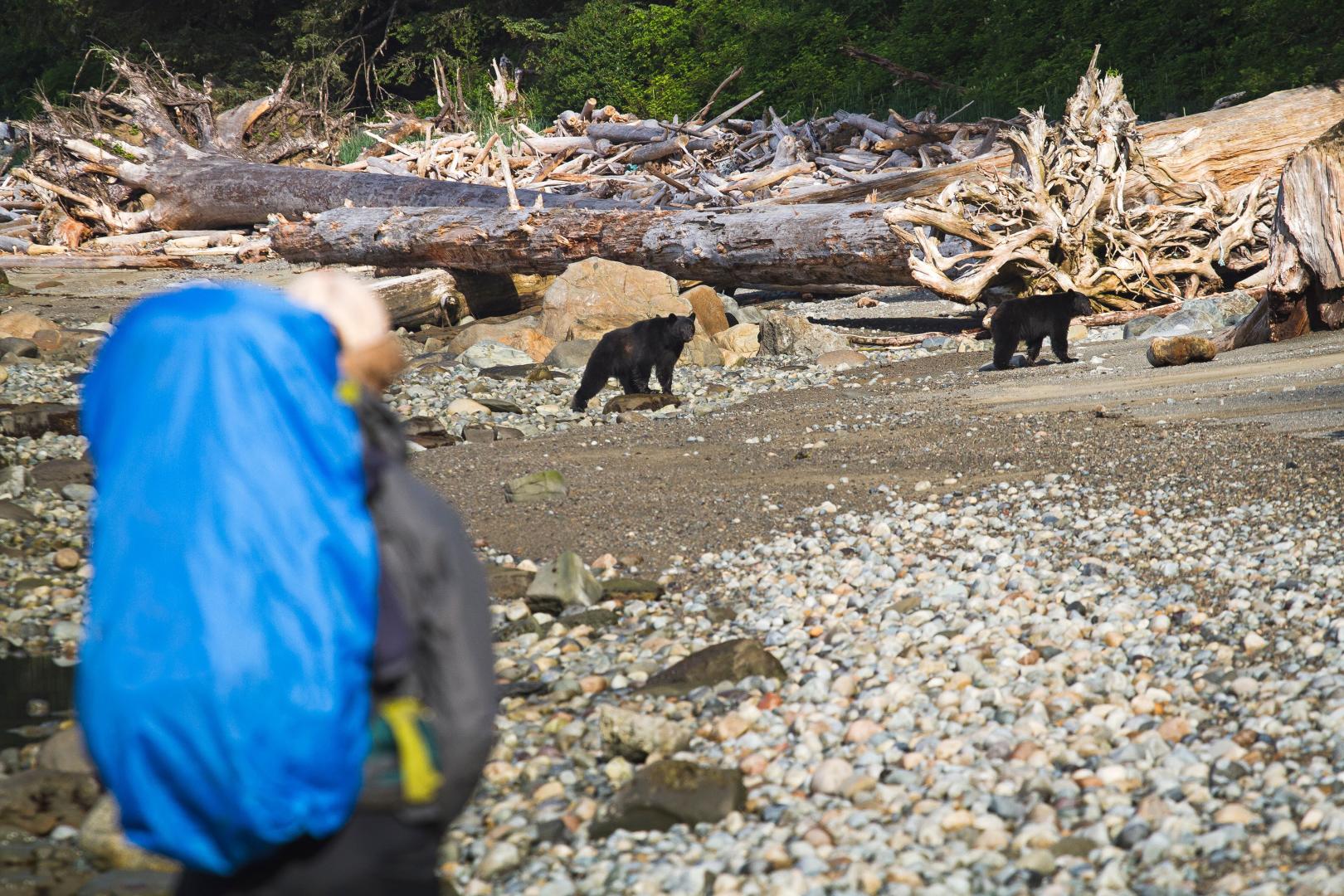Mindful Steps: The Impact of Walking in the Forest on Wildlife
If you're someone who enjoys spending time in nature, taking a walk in the forest is probably one of your favourite activities.
Whether you're an avid hiker or simply seeking a peaceful escape, strolling amidst the trees can be a rejuvenating and calming experience that enhances both your physical and mental well-being.
It's an excellent way to connect with nature and appreciate the great outdoors.
However, it's crucial to acknowledge that human presence in natural habitats can have detrimental effects on wildlife.
Perceiving humans as predators
A walk in the forest by itself is unlikely to have harmful effects on animals. However, prolonged human presence in natural habitats can cause disturbance to wildlife, which may have negative consequences for their behaviour, physiology, and overall survival.
Many wildlife species perceive humans as predators, therefore, human presence can trigger antipredatory behaviour. This results in altered behaviour of the animals with harmful consequences that can easily be avoided.
One Danish study found that roe deer needed to consume an additional 310 grams of food to replace the energy that was used in fleeing (Jeppesen, 1984). In the long term, extended or repeated disturbance could mean an extra intake of 2.7 kilos. In other terms, this means 200 calories if the animal is slightly disturbed, for example, by a passing bicycle; or even as much as 9000 calories when chased by a dog.
Of course, these numbers greatly depend on the exact length of disturbance and the amount of cover that the habitat provides.
The flight response
One way to measure the flight response of animals is the flight initiation distance (FID) and escape distance. The FID is the distance in a straight line from the approacher’s position to the starting position of the escaping animal. The escape distance is how far the animal fled until it stopped.
A study in Norway showed that the average FID increased by 15% during the hunting season (Meisingset et al., 2022), indicating that the animals are more easily startled during periods with higher levels of disturbance.
Moreover, consecutive approaches within the same day made the animals move 49% longer distances.
The study also showed that the habitat use of red deer was altered during disturbance; red deer preferred dense resting sites with higher tree density and canopy cover during the hunting season.
They concluded that human disturbance has an impact on space use and habitat selection of animals. Furthermore, the beginning of the hunting season created a stronger fear response in red deer which, in turn, could affect the animals’ distribution and harvest efficiency.
Predator vs “super-predator”
Now, if humans are seen as predators, what kind of impact do humans have on “actual” predators, for example, large carnivores?
Interestingly, humans are seen as “super-predators” of large carnivores, meaning they cause the same effect as in prey species: avoidance of humans.
For example, a study in Belarus found that grey wolves selected areas with high nature protection in order to escape disturbance (Smith et al., 2022).
Moreover, they avoided human settlements and roads but changed their behaviour depending on the time of day.
Habitat selection was also affected by the presence of humans; wolves tended to choose open areas during the night, whereas during the day they selected areas with the highest tree cover.
This comes to show that predators have a preference for avoiding humans instead of attacking them.
Habituation
One question that is raised is whether the animals get used to humans over time, lessening the impact of disturbance.
Unfortunately, no.
A study carried out in Scotland showed that animals who seem to be habituated (adapted) to human disturbance still had long-term effects on the population (Sibbald et al., 2011).
Just because a certain stimulus is repeated over time, it does not mean the extinction of the response (McSweeney & Swindell, 2002).
Therefore, it is crucial to minimise human disturbance in natural habitats to protect the health and well-being of wildlife populations.
What can we do?
It is clear from the research that human disturbance can have long-term effects on wildlife populations, even if animals appear to be habituated to it.
In order to minimise the effects, responsible outdoor recreation, such as staying on designated trails, keeping a safe distance from wildlife, and properly disposing of waste can limit the impact we have on wildlife.
So, next time you take a walk in the forest, remember to tread lightly and respect the wildlife around you.
Sources:
- Jeppesen, J.L. (1984). Human Disturbance of Roe Deer and Red Deer: Preliminary Results. Communicationes Instituti Forestalis Fenniae, 120: 113–118.
- McSweeney, F.K. & Swindell, S. (2002). Common processes may contribute to extinction and habituation. J Gen Psych, 129: 364–400.
- Meisingset, E.L., Gusevik, J., Skjørestad, A., Brekkum, Ø., Mysterud, A. & Rosell, F. (2022). Impacts of human disturbance on flight response and habitat use of red deer. Ecosphere, 13(11), e4281.
- Sibbald, A.M., Hooper, R.J., McLeod, J.E. et al. Responses of red deer (Cervus elaphus) to regular disturbance by hill walkers. Eur J Wildl Res 57: 817–825.
- Smith, A., Ciuti, S., Shamovich, D., Fenchuk, V., Zimmermann, B. & Heurich, M. (2022). Quiet islands in a world of fear: Wolves seek core zones of protected areas to escape human disturbance. Biological Conservation. 276. 109811.




